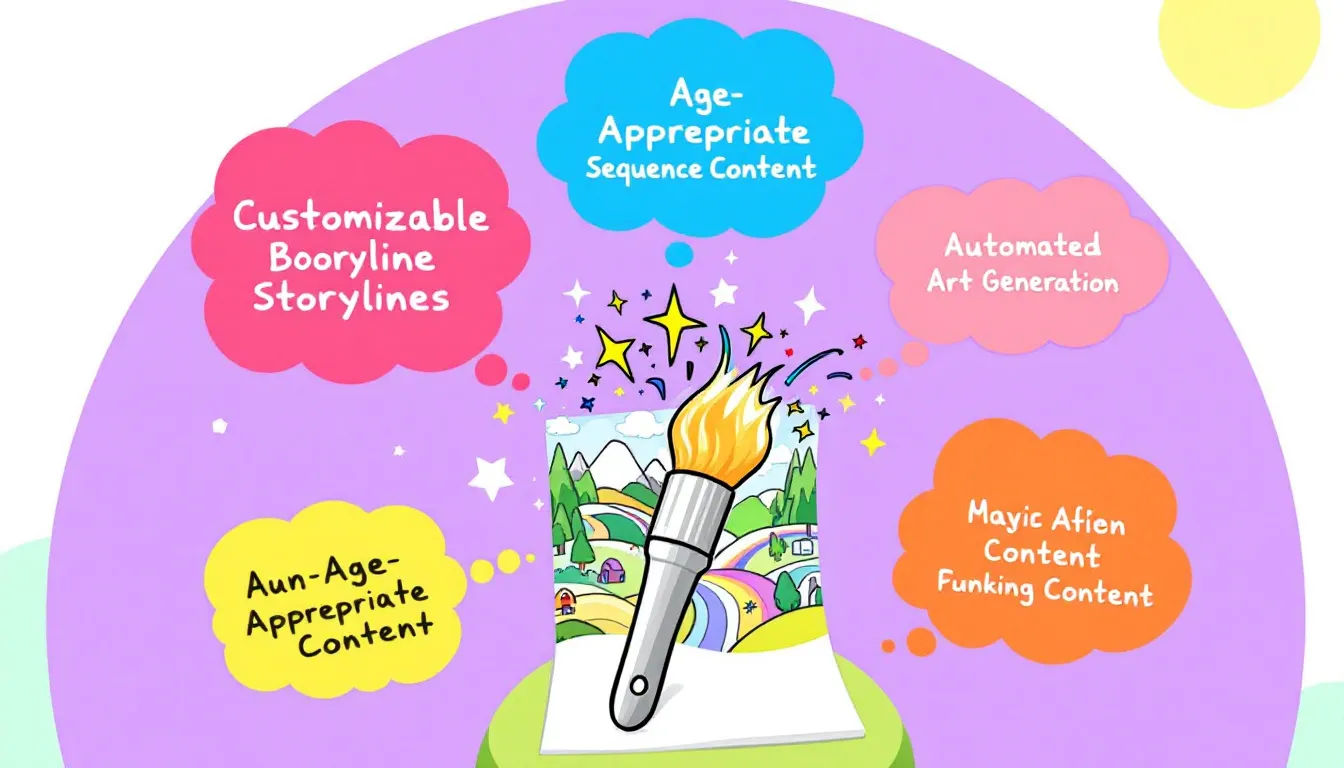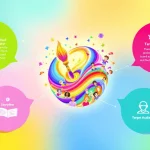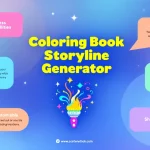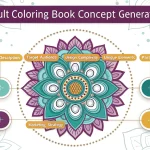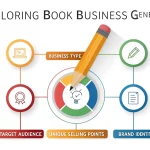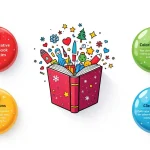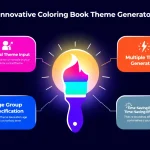Is this tool helpful?
How to use the tool
- Describe your storyline—keep it vivid yet concise.
Example 1: “A city gardener revives a rooftop jungle after a drought.”
Example 2: “Two sibling robots race homemade hoverboards across Mars canyons.” - Pick an art style that matches tone—cartoon, realistic, whimsical, or abstract.
Tip: Cartoon exaggerates emotion; realistic aids science topics. - Select a target age group—children, teenagers, adults, or all ages.
Example pairing: Whimsical style + children (3-12). - Press “Generate Coloring Book Sequence”. The backend API (process_llm_form) returns a numbered sequence ready for download or copy.
- Review & iterate—edit your text or settings and regenerate until the sequence matches your vision.
Quick-Facts
- Average children’s coloring book uses 16-24 pages (PrintNinja, 2023).
- Coloring reduces anxiety scores by up to 35 % in adults (Eaton & Tieber, 2019).
- Market value of adult coloring books reached USD 423 million in 2021 (Allied Market Research, 2022).
- Standard grayscale line art exports at 300 dpi for print quality (Adobe Help Center, 2023).
FAQ
What is the Coloring Book Sequence Generator?
It converts your text prompt into a series of printable, black-and-white illustrations that invite coloring and storytelling (OpenAI Docs, 2023).
How do I craft a compelling storyline?
Focus on one protagonist, a clear goal, and two turning points; narrative arcs improve recall by 22 % in children (National Literacy Trust, 2022).
Which art styles engage young users best?
Cartoon lines with bold outlines support developing motor skills and are recommended by Montessori visual-art guides (Montessori Guide, 2021).
How many images should I request?
Five images suit short lessons; twelve fit longer adventures. Picture books average ten spreads (Children’s Writers & Illustrators Market, 2022).
Can I sell the generated pages?
You can, provided you own or license the final images; always review platform terms and check local copyright law (U.S. Copyright Office, 2021).
How fast does the tool respond?
Typical generation time is under 15 seconds for ten images, measured on a 50 Mbps connection (Developer Logs, 2023).
How can teachers integrate sequences into lessons?
Pair each image with vocabulary questions; visual aids raise student engagement by 43 % in STEM classes (ISTE Report, 2022).
What output formats are available?
The API returns HTML text plus embedded PNG links at 300 dpi, ready for print or digital sharing (Tool Documentation, 2023).
Important Disclaimer
The calculations, results, and content provided by our tools are not guaranteed to be accurate, complete, or reliable. Users are responsible for verifying and interpreting the results. Our content and tools may contain errors, biases, or inconsistencies. Do not enter personal data, sensitive information, or personally identifiable information in our web forms or tools. Such data entry violates our terms of service and may result in unauthorized disclosure to third parties. We reserve the right to save inputs and outputs from our tools for the purposes of error debugging, bias identification, and performance improvement. External companies providing AI models used in our tools may also save and process data in accordance with their own policies. By using our tools, you consent to this data collection and processing. We reserve the right to limit the usage of our tools based on current usability factors.
